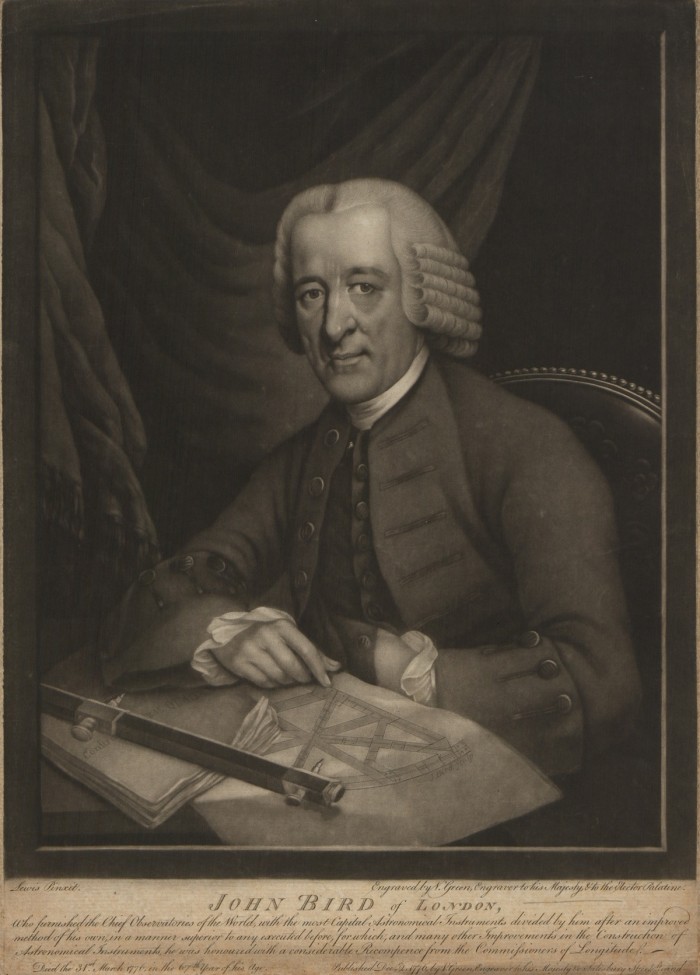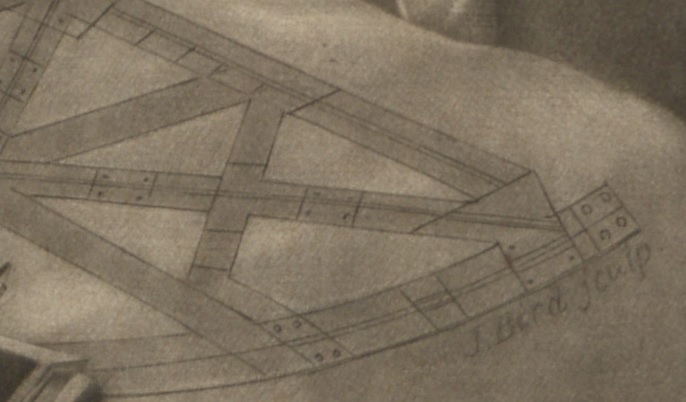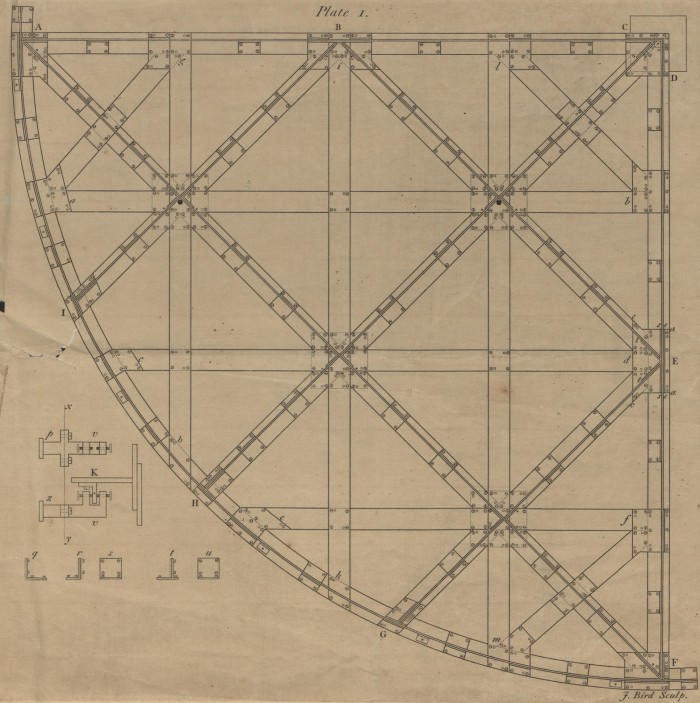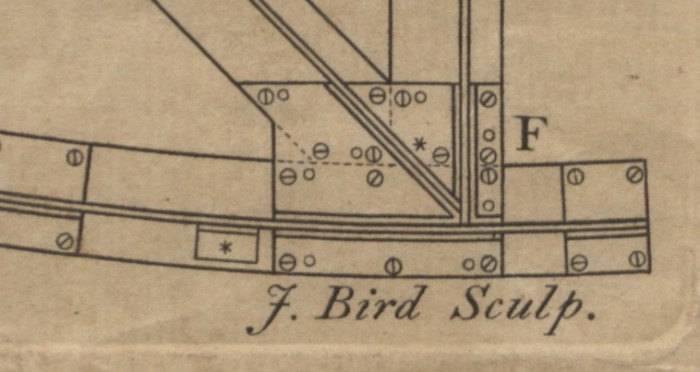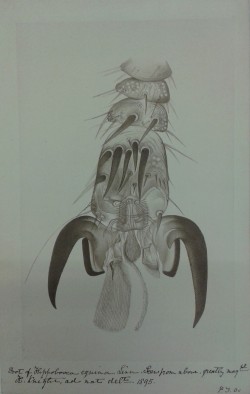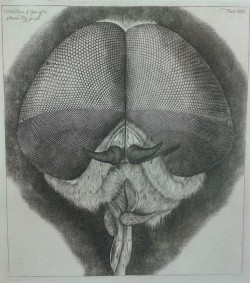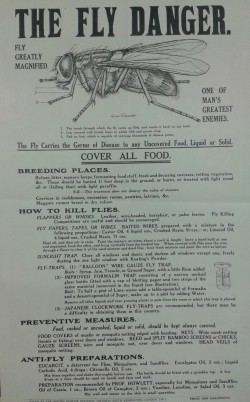The Search for Snoopy
by Peter Ells
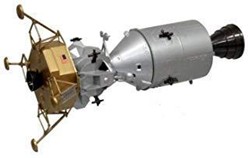
Snoopy (left) and Charlie Brown (right)
On 18th May 1969, Apollo 10 was launched as a final rehearsal for Neil Armstrong’s historic moon landing, which was to take place in July. The crew were Commander Tom Stafford, lunar module pilot Gene Cernan, and command module pilot John Young. These astronauts had named their command module Charlie Brown and the lunar module Snoopy, after the famous cartoon characters. On day five of the mission, the astronauts achieved an orbit around the moon, coming to within 60 miles of the surface.
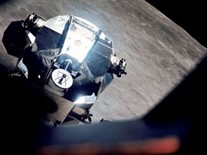
The crew compartment of Snoopy, photographed from Charlie Brown.
While Young remained in Charlie Brown, Stafford and Cernan entered Apollo 10 Snoopy moduleSnoopy and descended to within 9 miles of the lunar surface. They jettisoned the (spider-legged) descent stage, which crashed into the moon, and returned to dock with Charlie Brown, as shown in the second photo. Stafford and Cernan then re-joined Young in Charlie Brown.
The crew compartment of Snoopy (we’ll just call it ‘Snoopy’ from now on) had completed its task in the mission. Snoopy was detached from Charlie Brown, and it was remotely commanded to fire its main engine so as to burn all of its fuel. This resulted in Snoopy being launched into orbit around the sun. All three astronauts returned safely to earth in Charlie Brown.
Since 2011 a group of amateur astronomers, led by the Faulkes robotically-controlled Telescope Project, with assistance from NASA and some professionals, have been attempting to find Snoopy. This is a daunting project: “To say it’s like finding a needle in a haystack is doing a disservice to the haystacks,” said project director Paul Roche. Snoopy is only about four metres in diameter.
Over the years there have been several tentative sightings, the most recent being in May 2019, but none has been confirmed so far. The work has not been wasted because many new asteroids (rocks orbiting the sun) and comets have been discovered.
If Snoopy were to be found it would be feasible – though very expensive – to bring it back to earth using current technology. Several space entrepreneurs have the ability, finance, and adventurous disposition to carry out such a recovery.
The conical command module Charlie Brown is on permanent display in the Science Museum in London. (The cylindrical service module was jettisoned and burned up in the earth’s atmosphere during preparations for Charlie Brown’s landing back on earth). It would be wonderful to think that Peanuts might one day be reunited with Charlie Brown – at least for a brief inter-museum loan!
